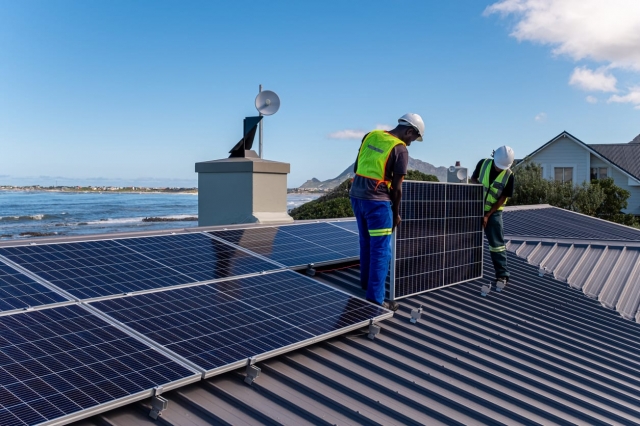Introduction to Solar Panel Kits – What They Are and How They Work
As energy costs continue to rise, many homeowners are searching for affordable and sustainable solutions. A solar panel kit has quickly become one of the most popular options for generating clean energy at home. These kits usually include solar panels, inverters, batteries, and mounting equipment. When installed, they capture sunlight and convert it into usable electricity, reducing dependence on the power grid.
Why Solar Panel Kits Are the Future of Affordable Energy
The demand for renewable energy is growing rapidly, and solar power stands at the forefront of this change. A solar panel kit is not just environmentally friendly; it is also a cost-effective solution for homeowners. Unlike traditional electricity that becomes more expensive over time, solar energy is free once the system is set up. With government support and advancements in technology, the future of home energy clearly points toward solar kits.
Benefits of Installing a Solar Panel Kit at Home
Installing a solar panel kit comes with multiple benefits. First, it helps reduce monthly electricity bills significantly. Over time, the savings can even outweigh the initial investment. Second, solar power reduces your carbon footprint, making your home eco-friendly. Third, solar panel kits increase property value, as energy-efficient homes are more attractive to buyers. Lastly, many regions offer tax credits and incentives for homeowners who adopt solar energy.
Different Types of Solar Panel Kits for Residential Use
There are several types of solar panel kits available, depending on household needs. Grid-tied solar kits connect directly to the utility grid, allowing you to use solar energy during the day and grid power at night. Off-grid solar kits come with battery storage and are ideal for remote areas without reliable electricity. Hybrid solar kits combine the best of both worlds, storing excess power in batteries while still remaining connected to the grid. Choosing the right type depends on energy requirements and budget.
Step-by-Step Guide to Choosing the Right Solar Panel Kit
Selecting the right solar panel kit involves several considerations. Begin by evaluating your home's daily energy consumption. Next, measure the available roof or ground space to determine how many panels can be installed. Consider your budget and look into government subsidies that may reduce upfront costs. Finally, decide whether you prefer professional installation or a DIY solar kit. A well-chosen solar panel kit ensures maximum efficiency and long-term savings.
Cost Breakdown: Are Solar Panel Kits Really Affordable?
One of the biggest concerns for homeowners is the cost of installation. While the upfront investment in a solar panel kit can range from a few hundred to several thousand dollars, it pays off over time. Monthly electricity bills are reduced or even eliminated, which means the system eventually pays for itself. On top of that, many countries offer rebates, net metering, and tax credits, making solar panel kits more affordable than ever.
Maintenance Tips to Extend the Life of Your Solar Panel Kit
Maintaining a solar panel kit is simple and cost-effective. Regularly cleaning the panels ensures maximum sunlight absorption. Monitoring the inverter and battery performance helps identify issues early. Scheduling a professional check-up every couple of years can also prevent long-term problems. With proper care, most solar panel kits last 20–25 years, delivering consistent savings and clean energy for decades.
Conclusion: The Future of Home Energy
A solar panel kit is no longer a luxury but a necessity for homeowners looking to cut costs and embrace clean energy. With multiple types available, affordable pricing, and government incentives, solar kits make it possible for every household to enjoy renewable power. By investing in a solar panel kit today, you not only lower energy bills but also contribute to a sustainable future for generations to come.






